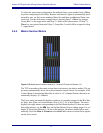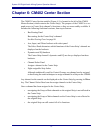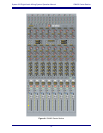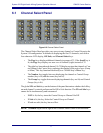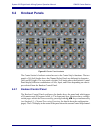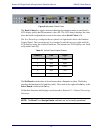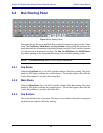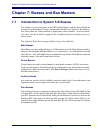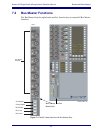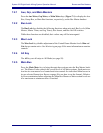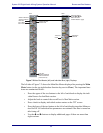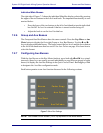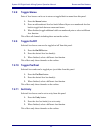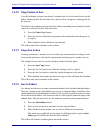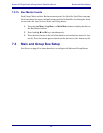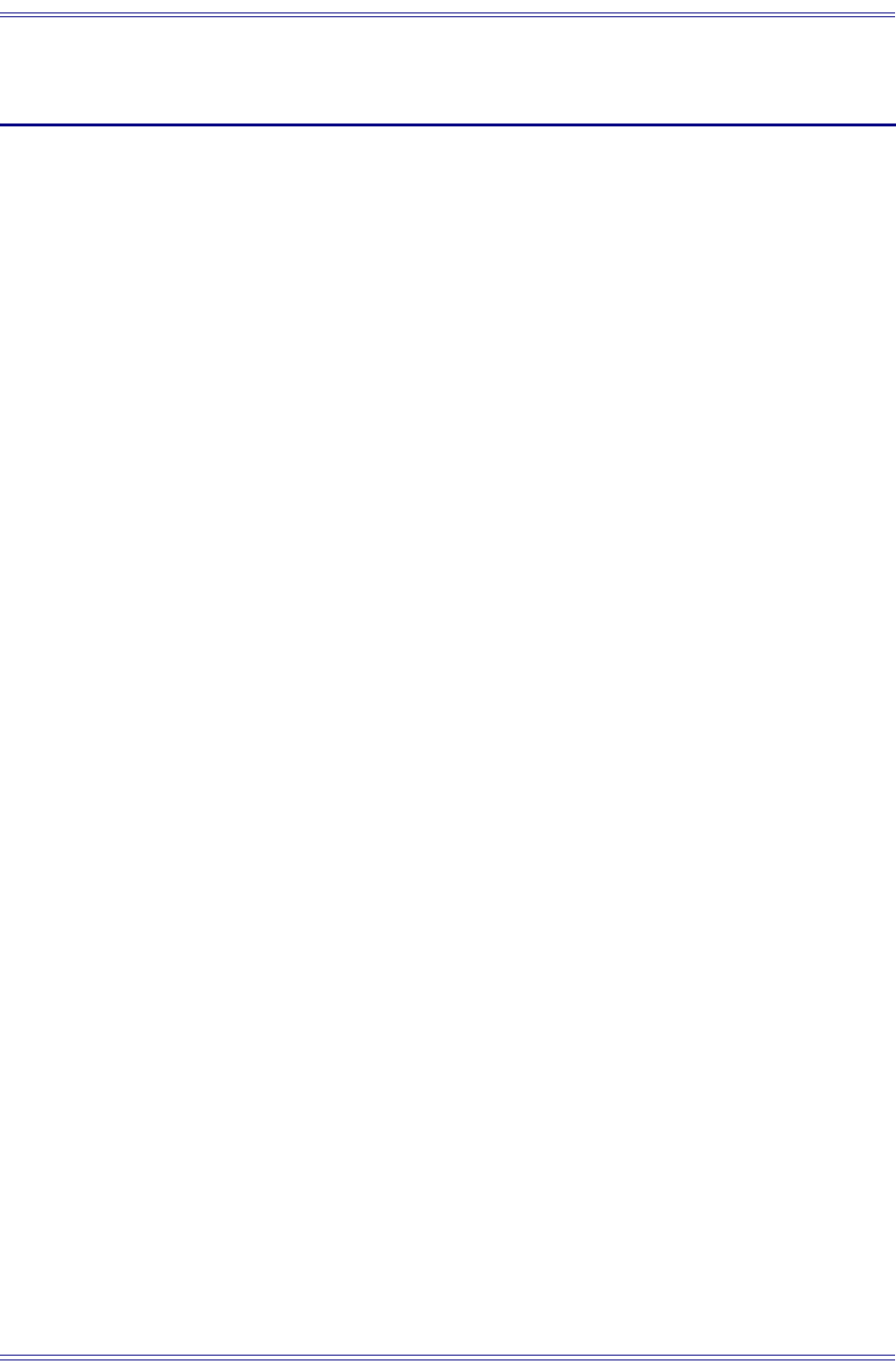
System 5-B Digital Audio Mixing System Operation Manual
81
Chapter 7: Busses and Bus Masters
7.1 Introduction to System 5-B Busses
The number of processing cards in the DF64 digital frames and the Mixer Model de-
termine the total number of busses and channels available in a System 5-B configura-
tion. Since there are a finite number of signal paths, more channels = less busses and
vice versa. See Mixer Model on page 50 for a complete discussion of these system re-
source issues.
The System 5-B has four bus types: Main, Group, Aux, and Solo.
Main Busses
Main Busses can be configured in up to 16 Main Sections. Each Main Section can have
between one and eight individual busses (i.e., a stereo pair = two individual busses and
an LCRS set = four individual busses) configured to any format. Main Busses also have
playback returns; Aux and Group busses do not.
Group Busses
Group busses are used to route channels to multitrack recorders, DAWs, mix-minus
feeds, and sub-groups. Group Busses can be configured to any format but are usually
configured as odd/even stereo pairs. With Pan to Group switched out, they act as in-
dividual mono busses.
Auxiliary Sends
Aux sends are used for effects, foldback, and mix-minus feeds. Aux sends can be con-
figured as mono or stereo pairs and can be pre- or post-fader.
Solo Busses
The Solo bus is always configured as a stereo bus. After-Pan Listen (APL) and Pre-Fad-
er Listen (PFL) route signals to the Solo bus. Each Strip’s fader also has a Solo Back-
stop PFL function: move and hold the fader past the bottom of its travel to activate the
Backstop PFL Solo mode (see Backstop PFL on page 99). Solo In Place (SIP) is a de-
structive Solo mode and does not use the Solo bus. See Solo Mode on page 67 for more
information on SIP.



